If you needed quantum mechanics to justify a refrigerator purchase, you were not alone.
Every big product promised to change your life, but mostly just changed bank balances.
A toy train could derail savings faster than you could say “Lionel.”
Einstein invented relativity; marketers invented markups.
True intellect was knowing the price of paper – and refusing to wear it as a dress.
1. Color Television Sets
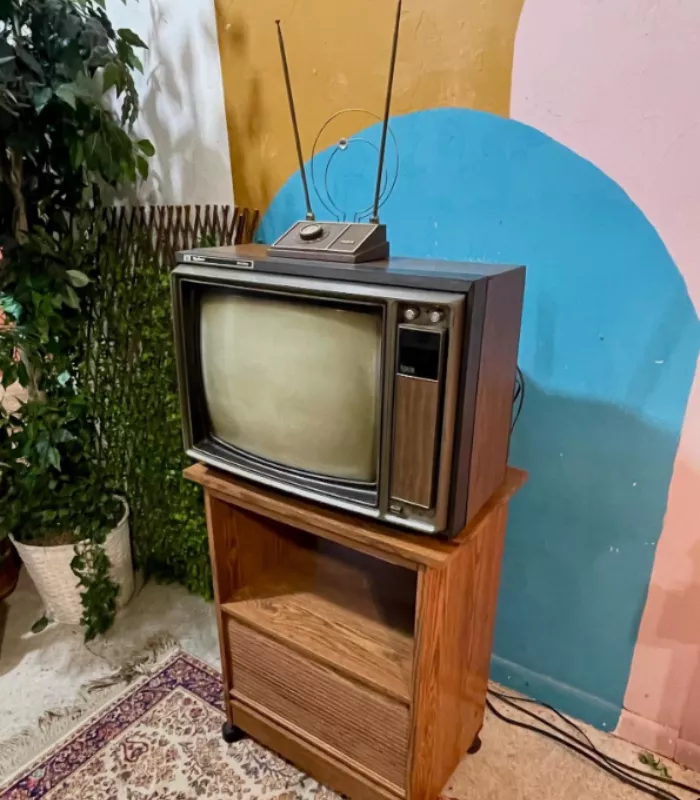
Families often gathered in front of their TV sets, making television the center of home entertainment.
But even as technology advanced, a color TV remained an unreachable dream for most families.
Color TVs were the ultimate status symbol in the 1960s.
A basic color television cost between $300 and $600 in 1960.
That is about $3,000 to $6,000 in today’s money.
The fancier RCA models ran as high as $1,000.
Most families stuck with their black-and-white sets because color was just too expensive.
Only the well-off households could afford this luxury.
The technology was new and companies charged premium prices for it.
2. Encyclopedia Britannica Sets

Parents believed investing in education meant investing in these massive book sets.
The sight of them on a living room shelf was a sign of dignity and pride.
Every household wanted a full encyclopedia set on their bookshelf.
These massive collections ran anywhere from $300 to $600 for a complete set.
Door-to-door salesmen pushed these hard on families.
Parents felt pressured to buy them for their children’s education.
The sets took up entire shelves and gathered dust after the first few uses.
Most kids only cracked them open for homework assignments.
Libraries had the same information for free.
Why It’s On This List: Families spent hundreds of dollars on books they rarely used when the public library offered the same knowledge at no cost.
3. Lionel Electric Train Sets
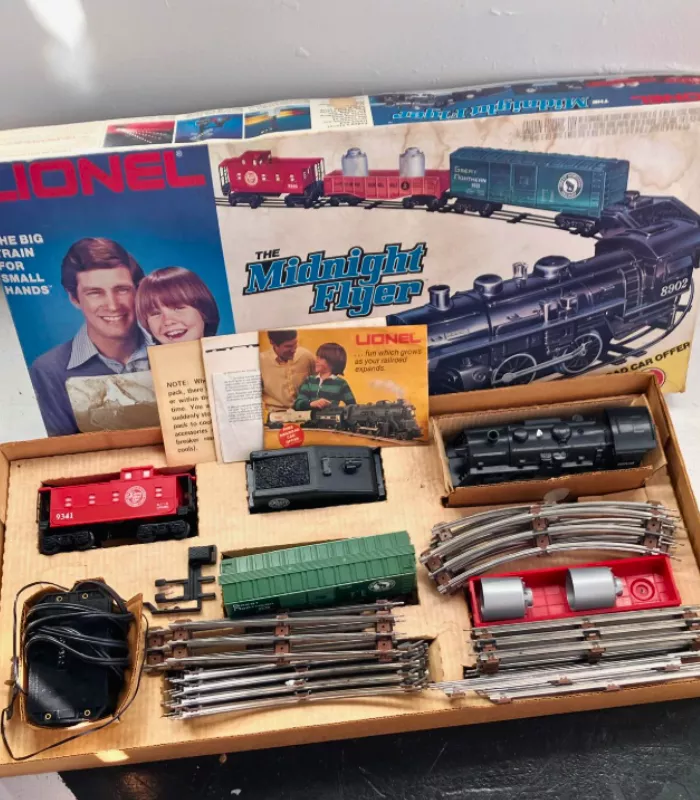
Toy trains filled living rooms with clanking sounds and big dreams of cross-country adventure.
Building a collection quickly went from hobby to financial headache.
Lionel trains were the dream gift every kid wanted under the Christmas tree.
A basic starter set cost $25 to $50 in the 1960s.
But here’s the catch – that was just the beginning.
The fancy sets with all the extras ran into the hundreds of dollars.
That $50 starter set equals about $500 today.
Only wealthy families could afford the deluxe models with multiple cars and accessories.
You needed to keep buying track pieces and new cars to expand your setup.
Why It’s On This List: What started as a $50 toy turned into hundreds of dollars in add-ons just to build a decent train layout.
4. Console Stereo Systems
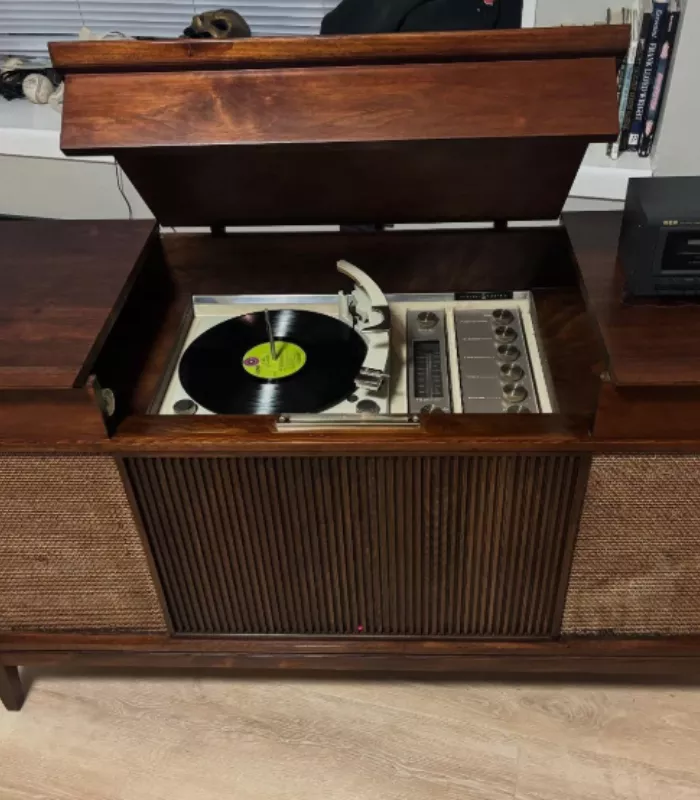
When guests visited, the size of your stereo was as important as the music itself.
Style and size came first, sound quality came second.
Console stereos were furniture pieces that played music.
These bulky wooden cabinets cost around $250 to $400.
That’s roughly $2,500 to $4,000 in today’s dollars.
They took up serious space in your living room.
The sound quality wasn’t much better than cheaper portable record players.
You paid mostly for the fancy wood cabinet and the status it brought.
Families displayed them prominently like they were treasures.
Why It’s On This List: You shelled out a small fortune for a piece of furniture that played records when simple turntables did the same job for much less.
5. Polaroid Instant Cameras

Family albums filled up fast, but so did the price you paid for developing those instant snaps.
Polaroid proved that convenience always carried a premium.
Polaroid cameras promised instant photos without the darkroom wait.
The cameras themselves cost between $66 and $150 depending on the model.
But the film packs were the real money drain.
Each pack gave you only 8 to 10 pictures and cost $3 to $5.
That’s about $15 per pack in today’s money.
Regular film was far cheaper and gave you better quality photos.
The instant gratification came at a steep price.
Why It’s On This List: The camera was pricey but the expensive film packs that ran out quickly made this hobby drain your wallet fast.
6. Advanced Erector Sets

These kits filled storage rooms with scattered metal pieces and lots of hope for future inventors.
Dreams of building bridges often collapsed under the weight of the price tag.
A.C. Gilbert’s Erector Sets promised to turn kids into engineers.
The basic sets were affordable, but the advanced kits cost $50 or more.
That $50 price tag equals about $500 today.
You could fill up a car’s gas tank for under $5 back then.
Only doctors’ and lawyers’ kids got the fancy sets with electric motors.
The cheaper building blocks or Lincoln Logs did the job just fine.
Magazine ads made kids feel like they needed the expensive versions to be real inventors.
Why It’s On This List: Parents paid a fortune for metal construction sets when simpler and cheaper building toys sparked just as much creativity.
7. Fancy Refrigerators with All the Bells and Whistles

Shiny new refrigerators became kitchen showpieces, even if many features were barely used.
Egg holders, butter warmers, and automatic ice makers sounded great until the maintenance bills arrived.
High-end refrigerators in the 1960s came loaded with special features.
Models with ice makers and fancy compartments cost a small fortune.
A top-of-the-line fridge ran $500 to $800.
Adjusted for inflation that’s $5,000 to $10,000 today.
Basic models kept food just as cold for half the price.
The butter warmers and special egg holders were mostly gimmicks.
Families bought them to show off to the neighbors.
Why It’s On This List: You paid thousands extra for fancy features that didn’t actually keep your food any fresher than a basic model.
8. Designer Paper Dresses
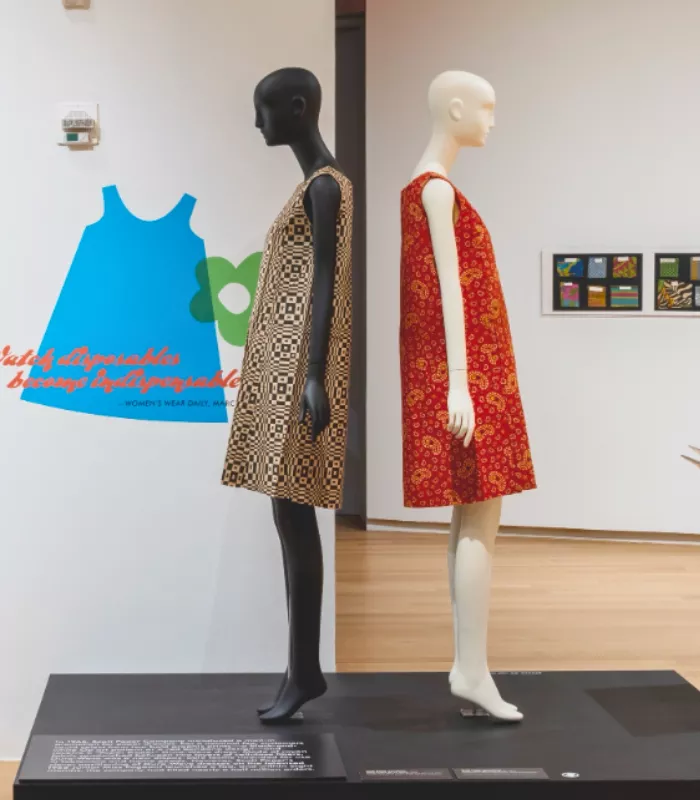
Fashionistas spun themselves into money pits by buying dresses that were destined for the trash.
Printed flowers and groovy patterns faded quickly—along with buyer enthusiasm.
Paper dresses became a weird fashion craze in the mid-1960s.
The Scott Paper Company sold them for $1.25 as a promotion.
But designer versions cost $5 to $10.
These dresses were literally made of paper and fell apart easily.
You could only wear them once or twice before they ripped.
Regular fabric dresses lasted for years.
The fad died out quickly when people realized how wasteful they were.
Why It’s On This List: People paid good money for dresses made of paper that you could only wear once when regular clothes lasted much longer.
9. First Edition Barbie Dolls

Barbie’s wardrobe cost more than most kids’ actual clothes, and there was a new must-have accessory every month.
Keeping pace with friends meant regular trips—and regular spending—in toy aisles.
The original 1959 Barbie carried into the early 1960s at premium prices.
These dolls cost around $3 each when they first came out.
That’s about $30 in today’s money for a single doll.
But here’s the deal – the clothes and accessories cost even more.
Each outfit ran $1 to $3 extra.
Building a wardrobe for Barbie could cost as much as real clothes for a child.
Parents spent a fortune keeping up with all the new Barbie products.
Why It’s On This List: The doll itself was pricey but the endless parade of expensive outfits and accessories made this toy a budget buster.
10. Easy-Bake Ovens

Tiny cakes delivered sweet results but hefty bills for parents who kept buying those special mixes.
Children learned baking, but parents felt the pinch every time a new packet was needed.
The Easy-Bake Oven hit stores in 1963 and became an instant sensation.
The oven itself cost about $15 to $20.
That’s roughly $150 to $200 in today’s dollars.
The tiny cake mix packets cost extra and made treats smaller than a hockey puck.
A real oven in your kitchen could bake full-sized cakes for free.
Kids used expensive mixes when regular cake ingredients cost pennies.
You’re better off teaching kids to bake with the real oven.
Why It’s On This List: Families paid $150 for a toy oven and then kept buying overpriced mini cake mixes when the kitchen oven worked perfectly fine.
11. Electric Toothbrushes
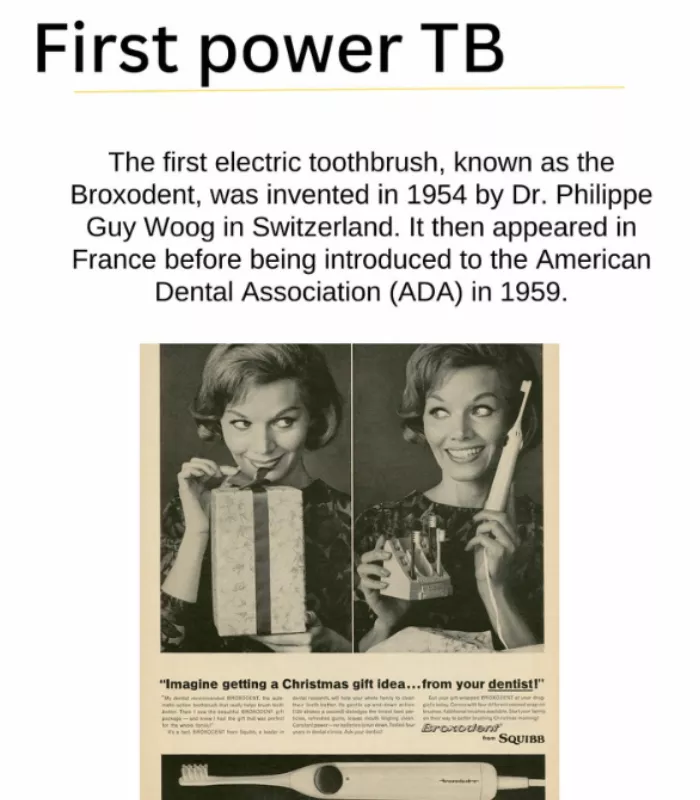
People rushed to try this new gadget, hoping for smiles as bright as Hollywood stars.
Electric toothbrushes promised speed and sparkle, but delivered sticker shock.
In the 1960s, electric toothbrushes looked space-age and promised cleaner teeth.
They sold for $30 or more, which is more than $300 today.
Most dentists agreed that regular brushing was just as effective.
The charging bases took up extra counter space and needed frequent cleaning.
Batteries didn’t last long, so you were constantly buying replacements.
Why It’s On This List: People paid premium prices for a gadget that didn’t really do a better job than a simple manual toothbrush.
12. Kitchen Stand Mixers

Baking was supposed to be simple, but these mixers added complexity—and cost.
Neighbors admired them at parties, then went home and mixed cookie dough by hand.
Stand mixers became kitchen trophies but cost $80 to $100 in the 60s.
That equals $800 or more in today’s money.
Most families mixed their cookie dough by hand just fine.
The heavy mixers also hogged valuable counter space.
People used them a few times before sticking them in a cupboard.
Why It’s On This List: Many families splurged on expensive mixers, even though hand mixing worked for most recipes.
13. Cordless Telephones (Prototype Models)
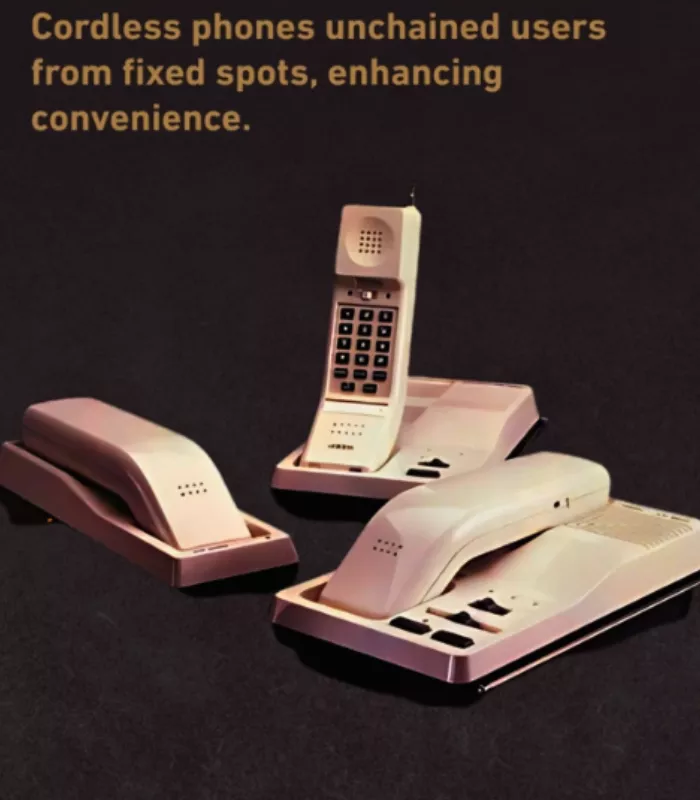
Calling from any room sounded futuristic—but the reality fell short, along with your battery life.
Early adopters quickly learned these phones were more impressive than practical.
Cordless phones were cutting-edge gadgets in the late 1960s.
Early models cost hundreds of dollars, making them a luxury item.
Reception was fuzzy and batteries drained fast.
Regular rotary phones worked perfectly well for free with your phone plan.
The newness made people pay extra for tech still full of bugs.
Why It’s On This List: High prices for unreliable technology meant most were better off with classic corded phones.
14. Fur Coats
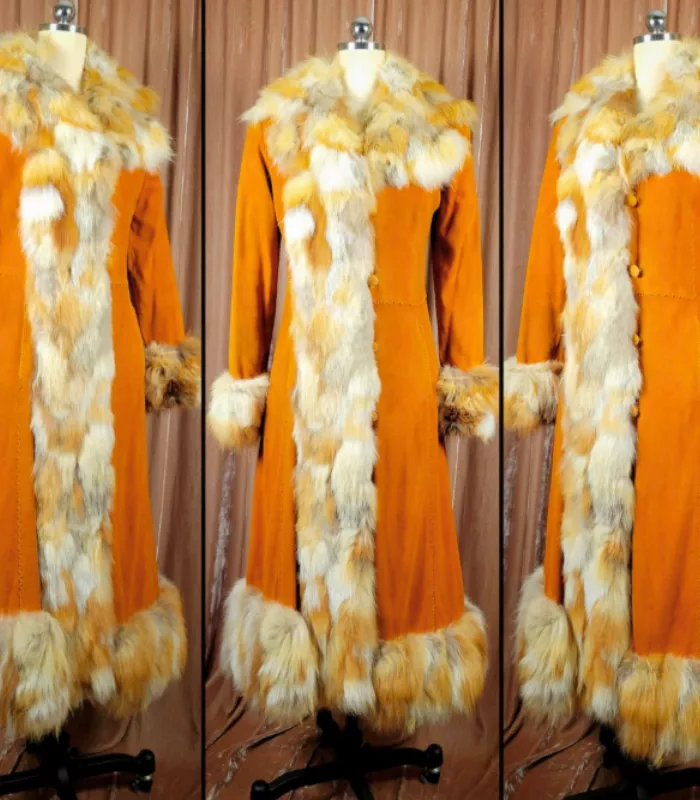
The chilly walk to the car felt glamorous in a fur coat—but was just as warm in a basic wool jacket.
Fur was a visible way to show off success—and a knack for spending.
Fur was everywhere in 1960s fashion.
A mid-range fur coat cost $500 to $1,000, or $5,000 to $10,000 in today’s value.
Most folks wore wool or synthetic blends for much less.
Heavy and high maintenance, fur was mostly a status symbol.
That’s why simple coats did the same job on cold days.
Why It’s On This List: People spent thousands for a fashion statement that didn’t keep them warm any better than cheaper coats.
15. Transistor Radios with Fancy Features

Tuning in extra stations, changing bands, and switching colors could drain your wallet as quickly as your batteries.
Most people listened to a handful of stations and ignored the rest.
Transistor radios became more common in the 1960s, but extra features cost extra.
Basic radios cost $10, but multi-band sets and special designs shot up to $60.
For many, only the simplest features were ever used.
You paid a lot more just for a few extra stations and shiny dials.
Advertisements promised more, but sound quality stayed about the same.
Why It’s On This List: Folks paid for bells and whistles when plain radios worked fine and cost one-sixth the price.
16. Lava Lamps

If you spent hours staring at colored blobs, your lamp provided relaxation—but not much illumination.
Lava lamps burned through fun and money—without brightening a room.
Lava lamps first appeared in the mid-1960s as trendy room decor.
Each lamp cost about $25, which is $250 now.
They looked cool, but didn’t do much except hypnotize you as the blobs floated up and down.
Most people soon got bored and put them away.
That money could have gone to something more useful—or a nice flashlight.
Why It’s On This List: Paying high prices for lamps that were mainly novelties and didn’t light up the room well.
17. Push-Button Car Radios

Car radios became sources of pride—but also sources of complaints when buttons broke.
Mechanics loved them for the repair business; families wondered if dials were better all along.
In the 1960s, push-button radios were luxury car upgrades.
Dealers charged up to $50 more for the push-button option.
That made radios some of the most expensive car features offered.
Knob and dial radios did the job just as well.
This was another case of paying to keep up with your neighbors.
Why It’s On This List: Extra dollars spent for convenience when ordinary car radios worked just fine.
18. Reel-to-Reel Tape Recorders
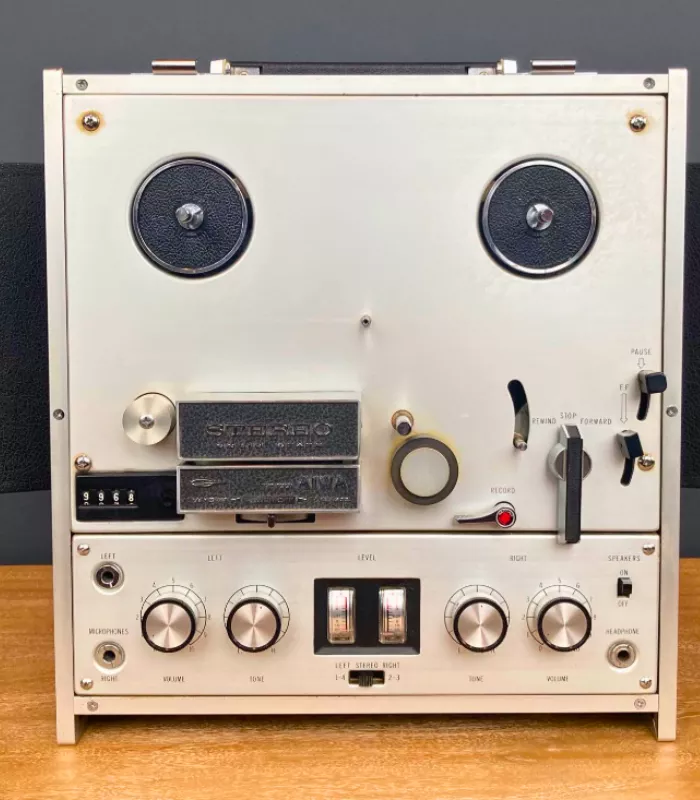
Recording family voices and taping radio shows felt futuristic—until you saw the price tag.
Music lovers invested in machines that often ended up buried in storage closets.
A basic model started at $100, but higher-end machines topped $500.
Cassettes and records were cheaper, easier to use, and sounded great.
The machines were bulky and required a lot of technical know-how.
Many gathered dust after a few months of play.
Why It’s On This List: Heavy investment in audio gear that most families didn’t actually use very often.
19. Hi-Fi Stereo Headphones
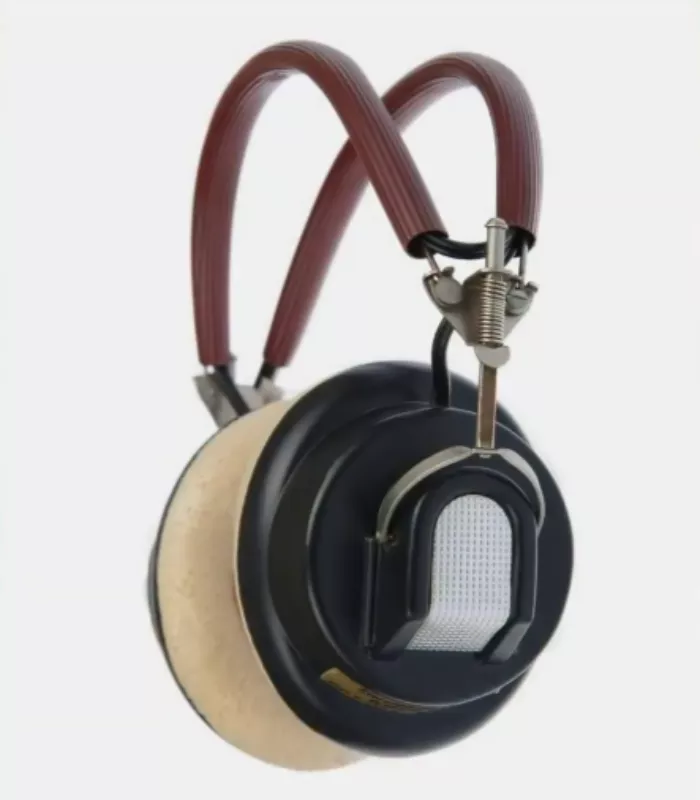
Headphones looked futuristic and sounded promising but often left ears—and wallets—aching.
High prices and heavy weight made early hi-fi headphones a tough sell.
The first hi-fi headphones were new and exciting.
Expect to pay $25 to $50, a big chunk of change for many families.
Comfort and sound quality often weren’t what you’d expect for that price.
Today, headphones are more affordable and sound amazing.
In the 60s, you mostly paid for the novelty and fancy look.
Why It’s On This List: Early adopters paid dearly for headphones that were heavy and didn’t sound all that impressive by modern standards.